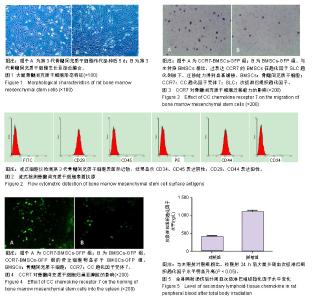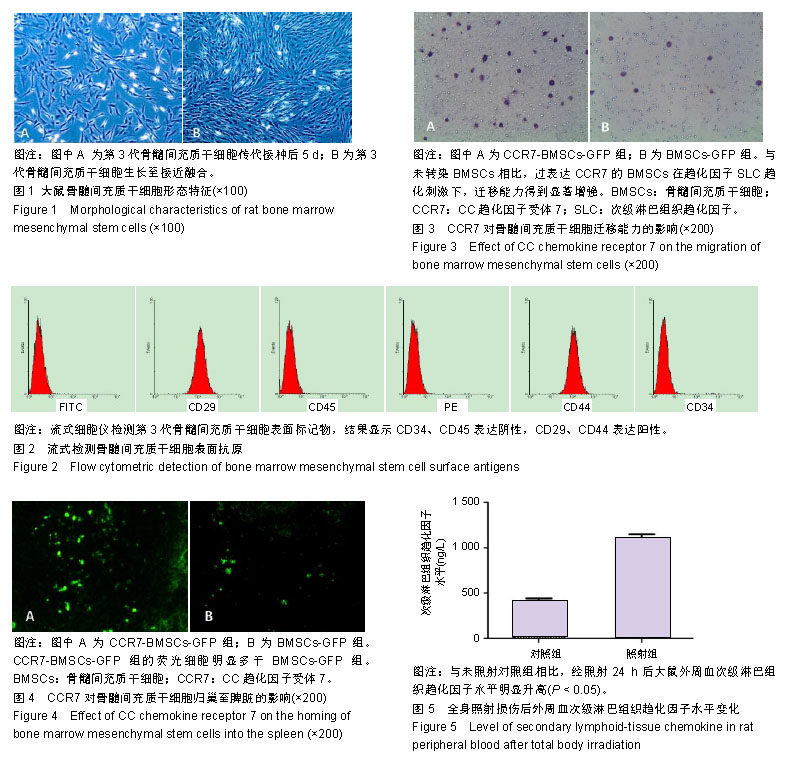| [1]Knyazev OV, Parfenov AI, Konoplyannikov AG, et al. Use of mesenchymal stem cells in the combination therapy of ulcerative colitis. Ter Arkh. 2016;88(2):44-48.[2]Ng TK, Fortino VR, Pelaez D, et al. Progress of mesenchymal stem cell therapy for neural and retinal diseases. World J Stem Cells. 2014; 6(2):111-119.[3]Savukinas UB, Enes SR, Sjöland AA, et al. Concise Review: The Bystander Effect: Mesenchymal Stem Cell-Mediated Lung Repair. Stem Cells. 2016;34(6):1437-1444.[4]Cui D, Li H, Xu X, et al. Mesenchymal Stem Cells for Cartilage Regeneration of TMJ Osteoarthritis. Stem Cells Int. 2017;2017:5979741.[5]Prockop DJ. Marrow stromal cells as stem cells for nonhematopoietic tissues. Science. 1997;276(5309):71-74.[6]Temenoff JS, Mikos AG. Review: tissue engineering for regeneration of articular cartilage. Biomaterials. 2000;21(5):431-440.[7]Wakitani S, Goto T, Pineda SJ, et al. Mesenchymal cell-based repair of large, full-thickness defects of articular cartilage. J Bone Joint Surg Am. 1994;76(4):579-592.[8]Bing W, Pang X, Qu Q, et al. Simvastatin improves the homing of BMSCs via the PI3K/AKT/miR-9 pathway. J Cell Mol Med. 2016;20(5): 949-961.[9]Wang Y, Chen J, Fan W, et al. Stromal cell-derived factor-1α and transforming growth factor-β1 synergistically facilitate migration and chondrogenesis of synovium-derived stem cells through MAPK pathways. Am J Transl Res. 2017;9(5):2656-2667.[10]Kobayashi D, Endo M, Ochi H, et al. Regulation of CCR7-dependent cell migration through CCR7 homodimer formation. Sci Rep. 2017; 7(1):8536.[11]Jørgensen AS, Rosenkilde MM, Hjortø GM. Biased signaling of G protein-coupled receptors - From a chemokine receptor CCR7 perspective. Gen Comp Endocrinol. 2018;258:4-14.[12]Hjortø GM, Larsen O, Steen A, et al. Differential CCR7 Targeting in Dendritic Cells by Three Naturally Occurring CC-Chemokines. Front Immunol. 2016;7:568.[13]De Chiara L, Crean J. Emerging Transcriptional Mechanisms in the Regulation of Epithelial to Mesenchymal Transition and Cellular Plasticity in the Kidney. J Clin Med. 2016;5(1). pii: E6.[14]Ponte AL, Marais E, Gallay N, et al. The in vitro migration capacity of human bone marrow mesenchymal stem cells: comparison of chemokine and growth factor chemotactic activities. Stem Cells. 2007;25(7):1737-1745.[15]Harp JR, Gilchrist MA, Onami TM. Memory T cells are enriched in lymph nodes of selectin-ligand-deficient mice. J Immunol. 2010; 185(10):5751-5761.[16]陈伟,李淼,张翠萍,等.慢病毒载体介导的CXCR4 基因过表达骨髓间充质干细胞在防治小鼠移植物抗宿主病中的作用[J].中华血液学杂志, 2014, 35(10):936-940.[17]Wang Y, Chen X, Cao W, et al. Plasticity of mesenchymal stem cells in immunomodulation: pathological and therapeutic implications. Nat Immunol. 2014;15(11):1009-1016.[18]Jurado M, Cardesa Gil A, de la Mata C, et al. A multicenter randomized clinical trial evaluating the safety and feasibility of the treatment of GvHD with allogenic mesenchymal stem cells (MSC) from adipose tissue. Cytotherapy. 2017; 19(5): S11.[19]Wang LT, Ting CH, Yen ML, et al. Human mesenchymal stem cells (MSCs) for treatment towards immune- and inflammation-mediated diseases: review of current clinical trials. J Biomed Sci. 2016;23(1):76.[20]Gong M, Antony S, Sakurai R, et al. Bone marrow mesenchymal stem cells of the intrauterine growth-restricted rat offspring exhibit enhanced adipogenic phenotype. Int J Obes (Lond). 2016;40(11):1768-1775.[21]Karp JM, Leng Teo GS. Mesenchymal stem cell homing: the devil is in the details. Cell Stem Cell. 2009;4(3):206-216.[22]王志红,陈为民,郭坤元.骨髓间充质干细胞移植后在胸腺内的定居[J].中国组织工程研究杂志,2016, 20(10): 1439-1445.[23]王志红,林芸,陈为民,等.骨髓间充质干细胞移植可增强衰老模型大鼠抗氧化能力和免疫活性[J]. 细胞与分子免疫学杂志, 2017,33(2): 151-154.[24]Uchibori R, Tsukahara T, Mizuguchi H, et al. NF-κB activity regulates mesenchymal stem cell accumulation at tumor sites. Cancer Res. 2013;73(1):364-372.[25]Nystedt J, Anderson H, Tikkanen J, et al. Cell surface structures influence lung clearance rate of systemically infused mesenchymal stromal cells. Stem Cells. 2013;31(2):317-326.[26]Song CH, Honmou O, Furuoka H, et al. Identification of chemoattractive factors involved in the migration of bone marrow- derived mesenchymal stem cells to brain lesions caused by prions. J Virol. 2011;85(21):11069-11078.[27]Kucia M, Zhang YP, Reca R, et al. Cells enriched in markers of neural tissue-committed stem cells reside in the bone marrow and are mobilized into the peripheral blood following stroke. Leukemia. 2006; 20(1):18-28.[28]Tang Y, Liu L, Wang P, et al. Periostin promotes migration and osteogenic differentiation of human periodontal ligament mesenchymal stem cells via the Jun amino-terminal kinases (JNK) pathway under inflammatory conditions. Cell Prolif. 2017; 50(6): 12369.[29]Li Z, Xu X, Wang W, et al. Modulation of the mesenchymal stem cell migration capacity via preconditioning with topographic microstructure. Clin Hemorheol Microcirc. 2017;67(3-4):267-278.[30]Asfour I, Afify H, Elkourashy S, et al. CXCR4 (CD184) expression on stem cell harvest and CD34+ cells post-transplant. Hematol Oncol Stem Cell Ther. 2017;10(2):63-69. |

